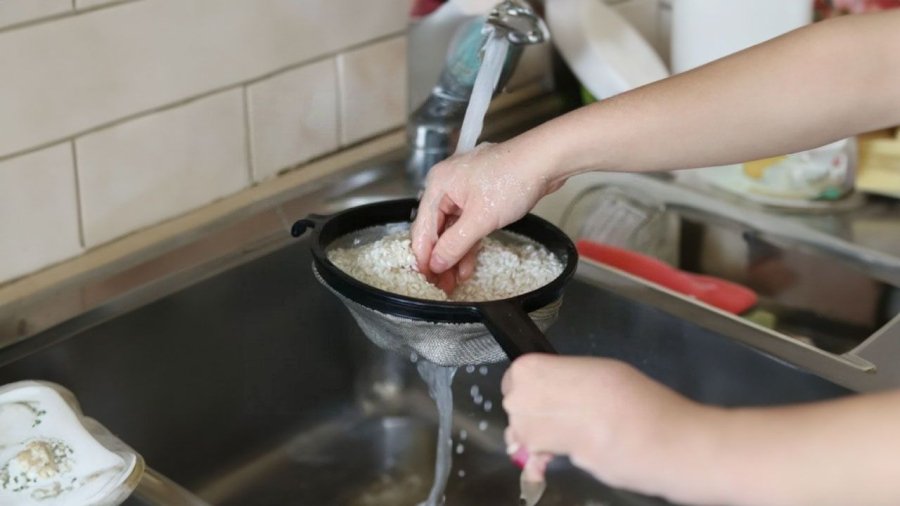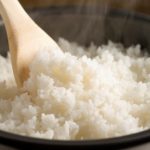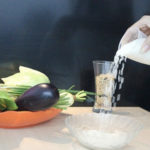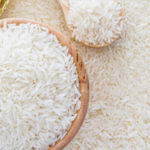In Vietnamese cuisine, rice cooked from white rice holds a significant position and is a popular traditional dish. Even for many people, if there is no rice, it will be intolerable. Rice also has a great impact on the health of Vietnamese people.
When cooking rice, we almost always rinse the rice. Many people say that the cleaner the rice is rinsed, the more delicious the rice will be, but there is also a school of thought that says that rinsing the rice thoroughly will result in a loss of nutrients. So what is the best way to do it?
The Conversation (Australia) published a study showing that rinsing rice has many benefits. Many people believe that rinsing rice before cooking can reduce the amount of starch in the rice, but the study confirms that this is not true. Many people see that the water used to rinse the rice is thick and think that a lot of nutrients are lost, but in fact, the white opaque color of the water used to rinse the rice is due to the free starch formed during the process of milling the rice to remove the husk. That starch is called amylose, which adheres to the surface of the rice grains.

Rinsing rice is considered a necessary step before cooking, but it is important to know how to rinse it properly.
A study by the Beijing University of Business and Technology (China) was also conducted to compare the benefits of rinsing rice after cooking among three types of rice: glutinous rice, medium-grain white rice, and fragrant rice.
The researchers divided the rice into groups for study: unrinsed, rinsed 3 times, and rinsed 10 times. The results showed that whether or not the rice was rinsed had no effect on the stickiness or aroma of the cooked rice. The stickiness of the rice does not depend on amylose but on another type of starch called amylopectin, which is formed during the cooking process.
Therefore, according to experts, it is recommended that you rinse the rice thoroughly before cooking to help remove dirt, chaff, insects, and impurities. This is especially important when the rice milling and processing in some places is not careful and may be contaminated with dirt, mold-resistant chemicals, etc. Thorough rinsing of the rice helps you to better remove the harmful chemicals present in the rice.
There may also be microplastics in the rice, so rinsing the rice more thoroughly helps to clean these microplastics. These microplastics are formed as a result of storing rice in plastic bags, and all plastic bags contain microplastics. The act of rinsing the rice can help reduce the amount of microplastics in the rice by up to 40%.
However, it is important to note that rinsing the rice does not remove bacteria, so you need to pay attention to this. Also, when storing rice, it is preferable to use paper bags or clean plastic bags, and avoid storing rice for long periods of time.
The rinsing of rice should also be done carefully to ensure that it is clean and correct. Many people take advantage of the inner pot of the rice cooker to rinse the rice, but this is not correct because it damages the pot and does not clean the rice properly.
To clean the rice during the process, you should put the rice in a sieve and rub it with your hands, which will help to remove any bran, chaff, weevils, broken rice, and dirt better than rinsing it in the pot. Moreover, rinsing the rice in the pot can quickly damage the non-stick coating of the rice cooker.



































